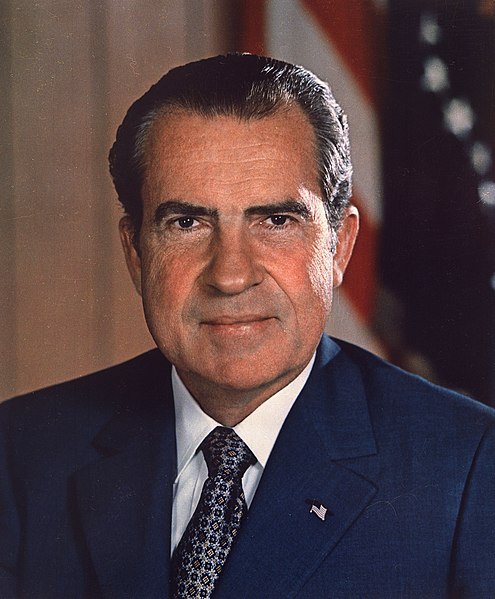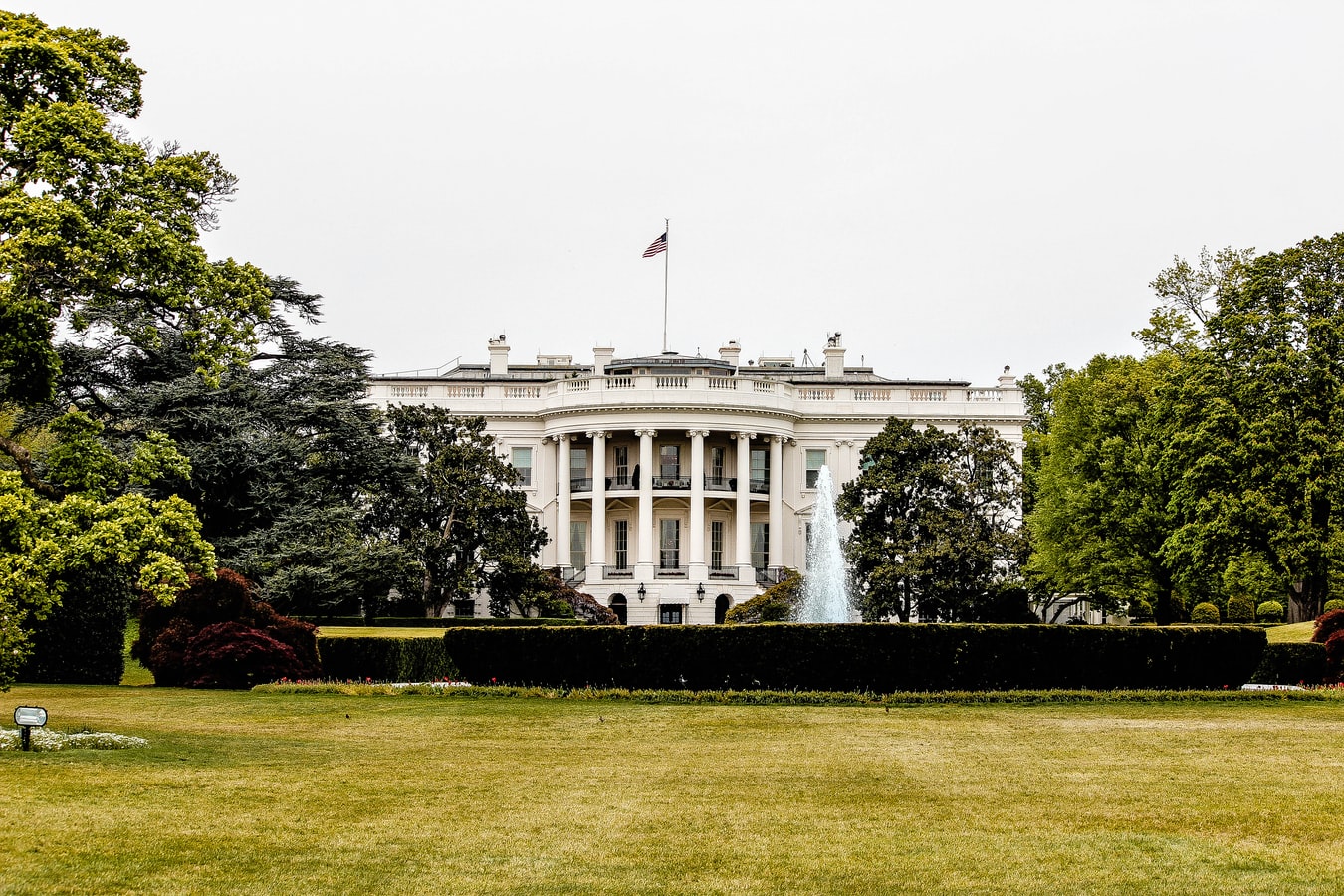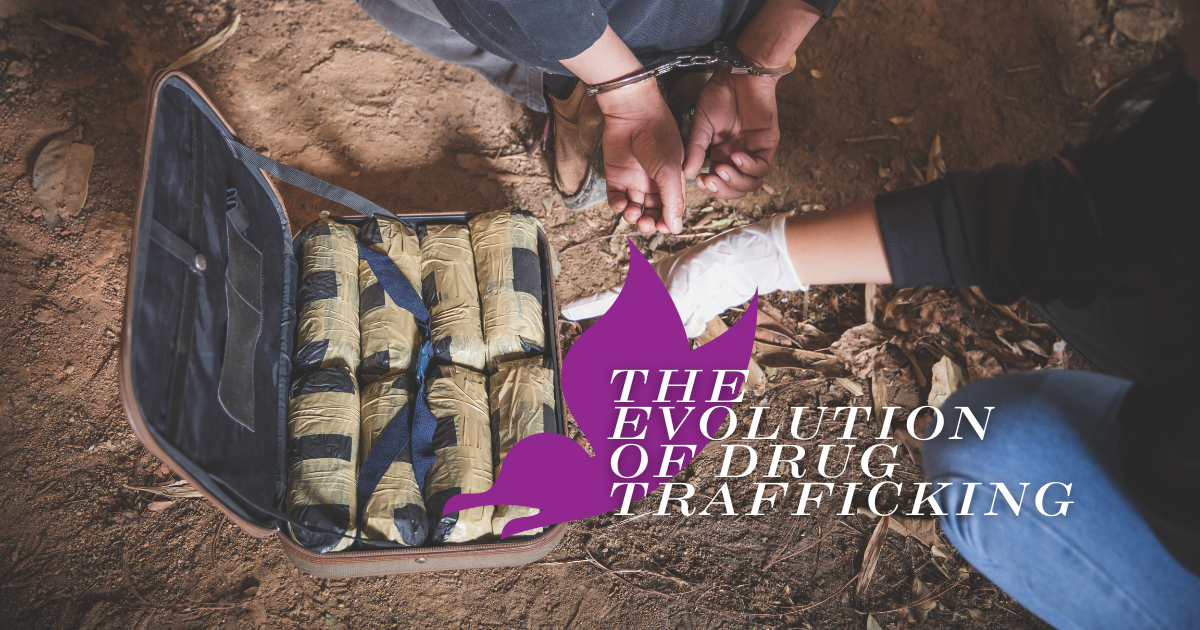The war on drugs is a national campaign that officially began in the 1970’s under the Nixon administration. Despite being a national effort, there has been support from a number of other countries and international organizations that have come together to fight drug production, distribution and use.
Most still consider the war on drugs to be an ongoing conflict in the United States. While each president may have different policies, some more lenient than others, in regards to drug legislation, persecution and enforcement are still in the process both locally and federally.
While drug regulation policy has been prevalent in the United States since the early 20th century, it did not get labeled as a war until Nixon took office in 1969 and spoke it into existence in 1971.
Pre-1970’s
Despite the fact that the main drug war began in the 1970’s under the Nixon administration, there were a number of legislative actions that dealt with the manufacturing, distribution and prescribing of many narcotics and drugs.
Opium seemed to be one of the more prominent drugs of the time as it was used in many medications and for recreational use. However, after the 1800’s there were many laws that were passed to crackdown on opium use and drug abuse.
Smoking Opium Exclusion Act
The Smoking Opium Exclusion Act of 1909, was one of the first prohibitive drug laws passed in the United States. As the title suggests, the act banned the importation, possession and use of smoking opium. While the law did ban the non-medical use of the substance, it did not regulate opium-based medication.
This law was eventually followed up with the Heroin Act in 1924 which prohibited the importation of crude opium, not just smoking opium, for the manufacture and possession of heroin. This 1924 act also including the prohibition of the medicinal use of heroin.
Harrison Narcotics Tax Act
One of the first major pieces of federal drug policy legislation was the Harrison Narcotics Act, passed in 1914. The act, passed under the Woodrow Wilson administration, imposed a special tax on all people who produced, imported, manufactured, dispensed, sold, or distributed opium or coca leaves or their derivatives. It also required those who dispensed the drugs to be a registered distributor. The act placed measures and limitations on how medical professionals could prescribe narcotics to patients.
This narcotics act was ratified by the United States Supreme Court after a few court cases regarding the prescription methods that could be used. While it did prevent doctors from prescribing narcotics to people addicted to narcotics, it still allowed them to prescribe them to use these narcotics to help wean a patient off of drugs.
Establishment of Federal Bureau of Narcotics
The federal government went on to establish the Federal Bureau of Narcotics (FBN) in 1930. It was an agency in the Department of Treasury and was used to oversee and enforce responsibilities assigned to the Harrison Narcotics Tax Act and the Narcotic Drugs Import and Export Act from 1922. The latter act was made to prohibit the importation and use of opium. The Federal Bureau of Narcotics was used to oversee the import and export and illicit use of opiates and coca.
Harry J. Anslinger was appointed as the first commissioner and under his rule, the bureau lobbied for harsh penalties for drug use, something that would become a major characteristic of the war on drugs in the United States.
The FBN was eventually merged with the Bureau of Drug Abuse Control to create the Bureau of Narcotics and Dangerous Drugs, a predecessor of the current Drug Enforcement Agency (DEA).
Marijuana Tax Act of 1937
The Marijuana Tax Act of 1937 was drafted by Harry J. Anslinger and was signed into law by Franklin D. Roosevelt. As the name of the act suggests, in 1937, the United States passed a law that placed a tax on the sale of cannabis. The act also included penalty and enforcement provisions for which marijuana, cannabis, or hemp handlers were subject, violation of which could result in a fine and prison time. It made it illegal to transfer marijuana unless registered to do so.
The law was eventually repealed by the Supreme Court after the Leary v. United States case found the law to be unconstitutional as a person seeking a tax stamp would need to incriminate himself or herself in the process, but this did not happen until the 1960s.
Narcotics Control Act of 1956
According the Drug Enforcement Agency, the Boggs-Daniel Narcotic Control Act of 1956, the average length of sentences increased by 50 percent, rising from four to six years. The act provided a mandatory minimum sentence of five years in prison for a first offense of illegally selling narcotics or marijuana and 10 to 40 years for subsequent offenses with no possibility of probation, parole, or suspension of sentence. The act also effectively broadened the authority of the FBN, authorizing the agency to provide professional training for state and local law enforcement officers which essentially helped to bring drug war enforcement to the local level.
These pieces of legislation let the federal government get its feet wet with a baseline for drug regulation before it dove headfirst into the water.
Lyndon B. Johnson Presidency
During the final years of Lyndon B. Johnson’s presidency, he chose to focus on illegal drug use. Electing to create the Reorganization Plan of 1968 which merged the FBN and the Bureau of Drug Abuse. This was an attempt to reduce the number interagency feuds that disrupted the overall goal of enforcing drug regulation, something that would continue to be an issue until the 1970’s. This sentiment and anti-drug precedent would continue on to the next president, Richard Nixon.
Nixon Era
On July 14, 1969, newly elected President Nixon sent a message to Congress.
“Within the last decade the abuse of drugs has grown from essentially a local police problem into a serious threat to the personal health and safety of millions of Americans,” Nixon said. In June of 1971, Nixon officially declared a “war on drugs” saying that drug abuse was the number one enemy in the country. During this same address, he also said that he planned to help those that were already addicted receive treatment, however this point did not receive as much press.
While there were efforts in the past by the federal government change the way that drugs like opium, marijuana, and cocaine were regulated. Complete legislation that organized all drugs into a regulated system did not exist until President Richard Nixon signed the Comprehensive Drug Abuse Prevention and Control Act in October of 1970, which replaced more than 50 pieces of drug legislation. Title II of the act enacted the Controlled Substances Act.
Department of Defense. Department of the Army. Office of the Deputy Chief of Staff for Operations.
U.S. Army Audiovisual Center. (ca. 1974 – 05/15/1984), Richard Nixon presidential portrait,
marked as public domain, more details on Wikimedia Commons
Controlled Substances Act
The Controlled Substances Act placed all substances into one of five schedules. Placement of each substance is dependent upon the substance’s medical use, potential for abuse, and safety or dependence liability.
The criteria for each schedule are as follows:
Schedule I
- High potential for abuse
- Has no currently accepted medical use in treatment in the United States
- There is a lack of accepted safety for use of the drug or other substance under medical supervision
- Examples: Heroin, LSD, marijuana, peyote etc.
Schedule II
- High potential for abuse
- The drug or other substance has a currently accepted medical use in treatment in the United States or a currently accepted medical use with severe restrictions
- Abuse of the drug or other substances may lead to severe psychological or physical dependence
- Examples: Methadone, oxycodone, fentanyl, morphine etc.
Schedule III
- Potential for abuse less than the drugs or substances in Schedules I and II
- Has a currently accepted medical use in treatment in the United States
- May lead to a moderate or high psychological dependence
- Examples: Suboxone, ketamine, anabolic steroids etc.
Schedule IV
- Has a low potential for abuse relative to other drugs in the Controlled Substances Act
- Has a currently accepted medical use treatment in the country
- May lead to limited physical dependence or psychological dependence realtive to the drugs in Schedule III
- Examples: Xanax, Klonopin, Valium, Halcion etc.
Schedule V
- Low potential for abuse relative to the drugs or other substances in Schedule IV
- Has a currently accepted medical use in treatment in the United States
- Limited physical or psychological dependence relative to other drugs
- Examples: Robitussin, cough medicines with codeine etc.
Creation of the Drug Enforcement Agency
In 1973, President Nixon declared “an all-out global war on the drug menace.”
“Right now, the federal government is fighting the war on drug abuse under a distinct handicap, for its efforts are those of a loosely confederate alliance facing a resourceful, elusive, worldwide enemy,” he said. In order to do this properly, Nixon believed the United States needed to create an agency that could overcome this handicap.
Nixon established a reorganization plan which proposed the creation of a single federal agency to coordinate the government’s drug control activities which would become the Drug Enforcement Agency. At the time, enforcement was fractured among numerous agencies and justice departments which impeded efforts.
The overall mission of the agency was to enforce the controlled substances laws and regulations in the United States all while using information gathered from the DEA’s personal intelligence department.
John R. Bartels Jr. was named the DEA’s first administrator in October of 1973. Bartels had two goals for the agency:
- Integrate narcotic agents and U.S. Customs agents into one force
- Restore public confidence to drug law enforcement
The DEA eventually became a global force. As of 2009, the agency had a presence in the United States and 63 other countries and had an operating budget in excess of $2.3 billion.
International Efforts
While there were attempts to crack down on drug abuse, there were measures taken to interrupt the flow of drugs that were being moved into the country from other nations. Operation Intercept is one intervention that was launched in 1969 to halt the flow of marijuana, heroin, and other drugs that were being trafficked across the Mexico-United States border. The operation consisted of person and vehicle stops across the border, this proved to cause border traffic, anger the Mexican government, and disturbed both economies.
International intervention would be something more characteristic of the drug war as it continued on past the 1970’s and into the Reagan presidency.
Criticisms
In a 2016 story published in Harper’s Magazine, Dan Baum, the author of the article said he interviewed Roger Ehrlichman, President Richard Nixon’s domestic policy adviser in 1994 for a book he was writing. During the interview, Ehrlichman revealed some disturbing details about the Nixon administration’s establishment of the war on drugs.
“The Nixon campaign in 1968, and the Nixon White House after that, had two enemies: the antiwar left and black people. You understand what I’m saying? We knew we couldn’t make it illegal to be either against the war or black, but by getting the public to associate the hippies with marijuana and blacks with heroin, and then criminalizing both heavily, we could disrupt those communities,” Ehrlichman said.
“We could arrest their leaders, raid their homes, break up their meetings, and vilify them night after night on the evening news. Did we know we were lying about the drugs? Of course we did.”
Ehrlichman was one of the players in the Watergate scandal and had to serve a prison term for his role in it. Some believe that Ehrlichman spoke negatively of Nixon in the 1980’s and 1990’s because Nixon failed to pardon him before the president resigned.
Nixon faced a lot of criticism during his presidency and after his resignation in 1973. A lot of the criticism stems from his participation in the Watergate Scandal. However, his legacy is still impacted by his part in the drug war. While part of the population believes it was good to be tough on crime, others argued that there was no real progress made during this time, an argument that would continue through to the Reagan presidency and beyond.
In Conclusion
While the war on drugs was never actually mentioned until 1971 when Richard Nixon spoke on it in a public address, the country did have a number of drug prohibition laws in place before Nixon took office. Following the establishment of a war on drugs in the United States, and Nixon declaring it to be public enemy number one, he and Congress passed legislation and established the DEA in order to crack down on the illicit drug users and dealers. The country’s war on drugs didn’t end with Nixon, it merely fell off the radar when Jimmy Carter took office. But, when Ronald Reagan beat the Carter in his reelection bid, he took the reins.
The drug war in the country has had numerous effects on the perception of drugs and drug users, although these would not fully be revealed until years later. Millions of people are impacted by drugs every year and tens of thousands die annually from fatal overdoses. The United States has a drug problem, fueled by prescription drugs, that has been increasing each year since the early 2000’s. If you or a loved one is suffering from some type of drug or alcohol addiction, treatment is your best option. At Landmark Recovery, we are proud to have a number of medical professionals and a large support network that can help you get through this rough patch. Please feel free to reach out to our admissions team to learn about drug and alcohol treatment options.

Choose Recovery Over Addiction
We're here 24/7 to help you get the care you need to live life on your terms, without drugs or alcohol. Talk to our recovery specialists today and learn about our integrated treatment programs.





